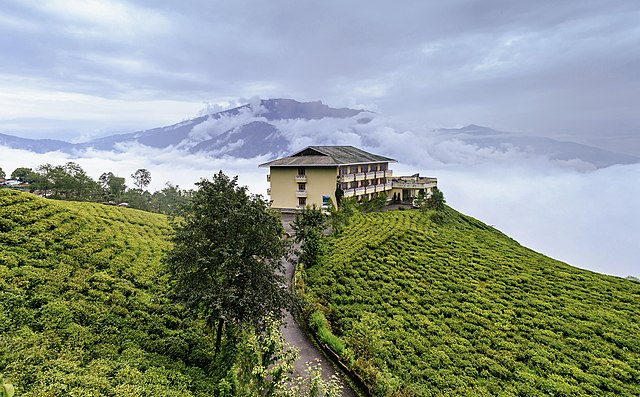Over 200,000 northeast India tea growers are pressuring the Union government on mounting imports that put them at market risk.
The North East Confederation Small Tea Growers’ Association contacted Prime Minister Narendra Modi on January 24, 2025 voicing its dilemma.
One of the perplexing questions is an injunction by the Tea Board of India to stop tea plucking from December 1, 2024. However, imports continued to rise during the time despite the surplus-related harvest stoppage.
According to the association, Nepal shipped 55.7% more tea to India in the last six months of 2024 than in 2023.
But it is imports from Kenya that have beset the association with doubts. Reports show inbound shipments from the East African country rose by 288% year-on-year from January to October 2024.
Kenya’s tea cargo to India increased from 353,000 tonnes in Jan-Oct 2023 to 1.371 million tonnes in the Jan-Oct 2024 timeline.
In week 4 of January 2025, the Mombasa tea auction was apparently also holding some 119,000 tonnes of old tea readying for India.
Idle Auctions
Meanwhile, farmers in famous tea growing areas in Assam, Kolkata, Guwahati and Silguri report auctions lie idle.
From October through December 2024, up to 40% of tea here remained unsold, with prices down by at least 25%.
Premium Prices
All the same, despite the late year price depreciation, 2024 had better market prices at auctions than 2023.
According to the Tea Board of India’s data for the 2023-24 season, prices at auctions in the north were particularly lucrative.
In August 2024, the north commanded 221.18 rupees ($2.56) per kg while the south averaged 118.36 rupees ($1.37) a kg.
On average, farmers across India received 30.33 rupees ($0.35) to the kg in 2024 more than they did in 2023.
Northeast India Tea Moratorium
Amid this price holiday, the national tea board called for an early harvest closure in the northeast to minimize oversupply.
After toeing the line, farmers got baffled by rising inbound shipments from abroad at the time of the closure.
The gist of the report is therefore how imports have unnaturally risen despite regional farmers closing early to prevent market dumping. To learn more, here is a broader look at India’s tea statistics.
India Tea Statistics
Tea consumption in India goes back many centuries. However, the first trial cultivation of commercial tea took place in as recently as 1780 at Assam, courtesy of the British. A century later in 1885, the country exported its largest tea leaves cargo up to that date, at 35,274 tonnes. Over 100 years later in 2022, India had ranked second just ahead of Kenya and behind China in production.
According to FAOSTAT, 2023’s production increased to 6,343,165 tonnes over the 2022 margin of 6,228,720 tonnes. This total included tea leaves other than fermented black tea or unfermented green tea.
In terms of exports, India ranked 4th in 2022 with a value of $761 million, per OEC’s data. Only China, Kenya and Sri Lanka in descending order, exported more dollar value in tea leaves in 2022.
Where does tea grow in India?
North and south India are the two regions with a relatively cool climate that suits tea cultivation. Out of these regions, four major areas stand out. According to the Indian Tea Association, the leading area is Assam in the northeast, with 312,210 hectares. Dooars and Terai on the foothills of the Himalayas in the east follow with 97,280 hectares, while nearby Darjeeling boasts 17,820 hectares. Anamallais in Kerala, southern India, tails off the top four with 12,625 hectares.
